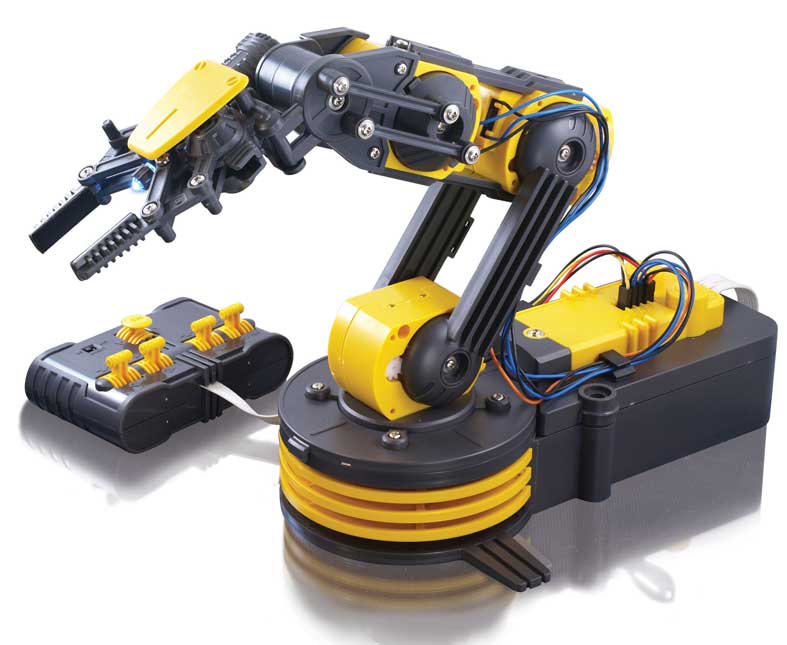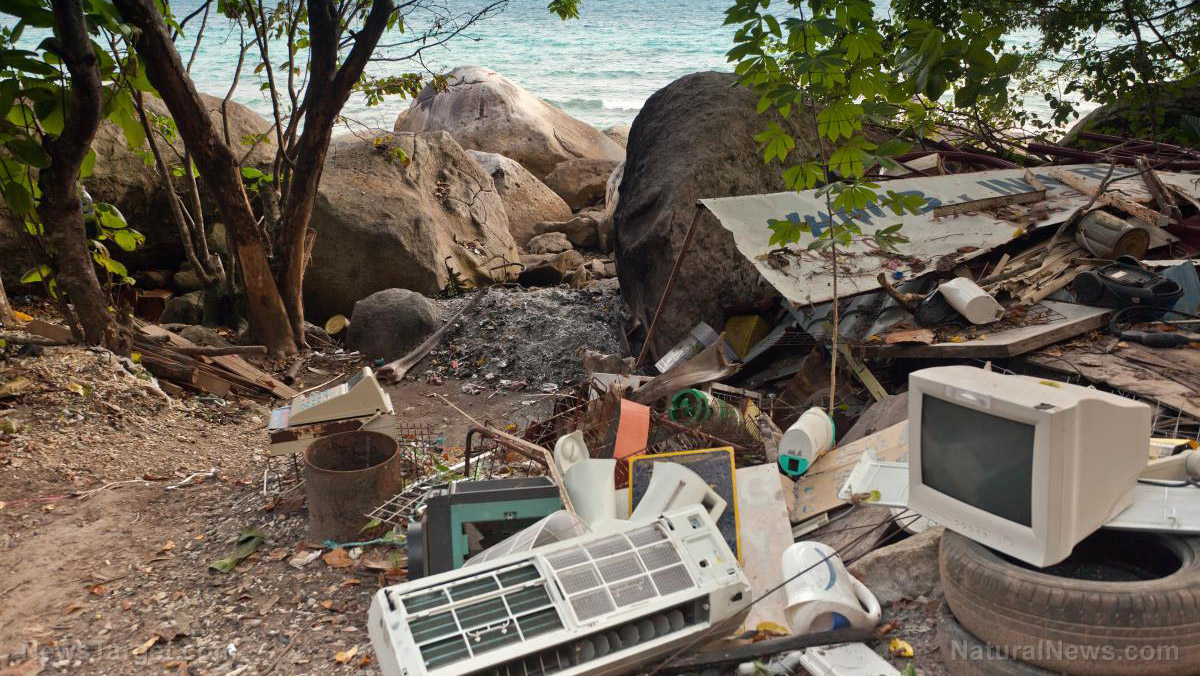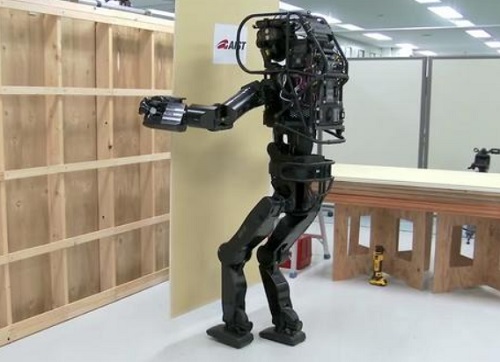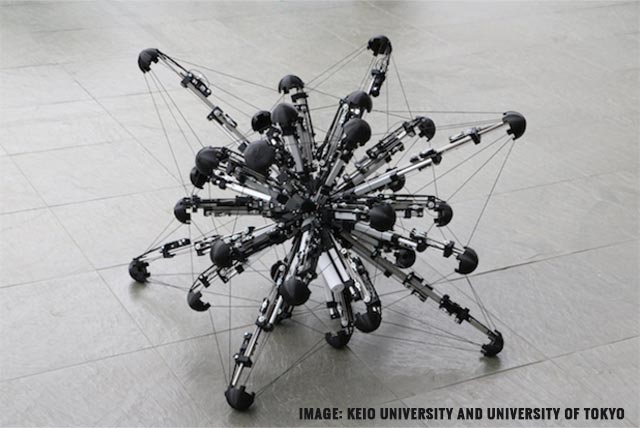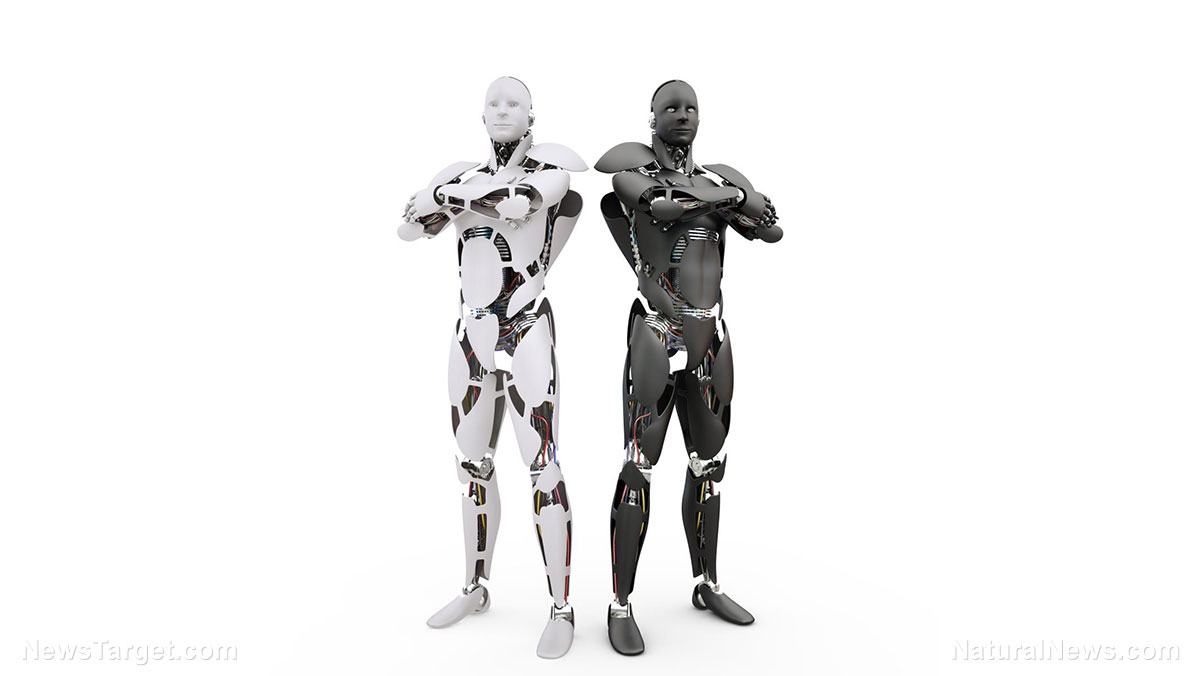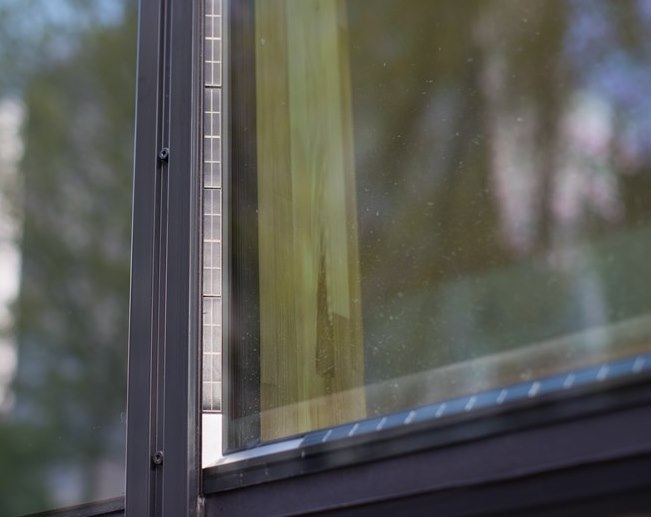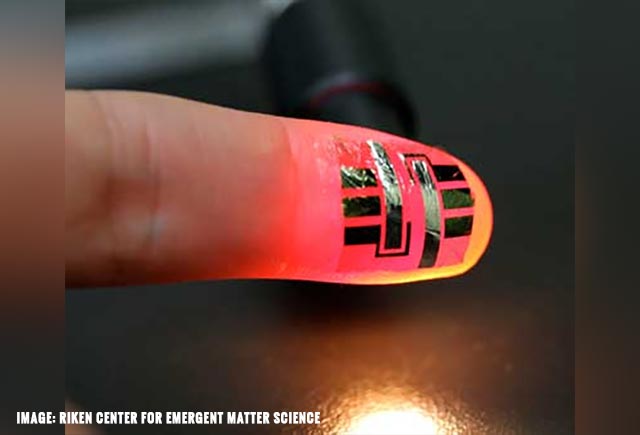New anti-frosting surface keeps windows 90% dry and frost-free indefinitely without any chemicals or energy inputs
12/10/2018 / By Edsel Cook

Winter is coming. But this may be the last time that it can drape frost and ice over any unprotected surface. A Science Daily article brought up the debut of the very first passive anti-frosting surface, which can prevent the buildup of ice without using chemicals or electricity.
Developed by Virginia Tech (VT) researchers, the system can prevent moisture and ice from appearing on 90 percent of its surface. It also saves on electrical costs and is environmentally friendly to boot.
For the individual driver and homeowner, the anti-frosting surface promises to put an end to the chore of having to defrost or scrape windows during freezing mornings. For companies and consumers, it might just save billions of dollars in efficiency, maintenance, and repair.
Aircraft protected by the surface will no longer require extensive defrosting treatment that forces airlines to delay flights for hours. Power outages caused by excessive buildup of ice will also be greatly reduced. (Related: Innovative technology will allow dementia patients to live independently in their own homes.)
Sacrificial ice stripes hog the frost, keeping the rest dry and ice-free
The VT researchers went for a straightforward design for the anti-frosting surface. Using untreated aluminum as the base material, they created ice stripes on an array of tiny grooves that rose from the surface.
The grooves are meant to be sacrificial areas. Stripes of ice will form on top of these grooves. The temperature of this intentional ice will form low pressure zones.
Moisture present in the air is drawn to the low pressure zones of the intentional ice. Because of this suction effect, the intermediate areas that overlap the zones will remain free of frost. This effect was shown to work in conditions with moisture-laden air and close to freezing temperatures.
The sacrificial ice stripes comprise just 10 percent of the entire surface area of the anti-frosting material. The rest of the surface stays dry and ice-free. It does not use any electricity to achieve this effect.
“The real power of this concept is that the ice stripes themselves are the chemistry, which means the material we use is irrelevant,” explained VT researcher Jonathan Boreyko. “As long as you have that proper pattern of sacrificial ice, the material you use could be virtually anything. So there are a lot of possibilities.”
Winter might be coming, but ice won’t be a bother
The new anti-frosting technology will probably be welcomed by the HVAC (Heating, Ventilating, and Air Conditioning) industry. Similar micro-fin patterns can be found on the outdoor parts of heat pumps, fan systems, and other heat exchange products.
Those patterns can be altered to resemble the grooves on the VT-derived surface to further protect those heating systems from frost. Other items that can mount this surface include airplane wings, aerospace materials, and windshields.
The researchers have already obtained a patent for their invention. They brought up another welcome benefit of their technology: Environmental consciousness.
Conventional means of defrosting ice-laden objects are known to indirectly or directly harm the environment. Heating systems use electricity, which often comes from fossil fuel power plants that spew air pollution.
Antifreeze chemicals are suspected to have negative, long-lasting effects on plants, wildlife, and humans. Yet thousands of gallons of these synthetic chemicals are spent on just a single wing of an airplane. The antifreeze either contaminate groundwater or turn into airborne droplets that get inhaled by people.
Even good old-fashioned salt will leave residues and loses effectiveness as it gets diluted. But the VT researchers are assured that their anti-frosting surface can do a better job of keeping windshields – and the rest of the world – clean.
For more stories about the newest anti-frosting technologies, visit Inventions.news.
Sources include:
Tagged Under: anti-frost, antifreeze, breakthrough, Chemistry, defrosting, eco-friendly, environment-friendly, freezing, frost, future science, future tech, green technology, heating systems, HVAC, ICE, innovation, inventions, science and technology

